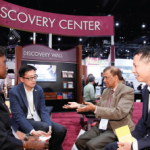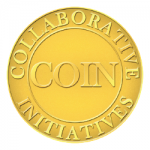An additional barrier comes from not fully understanding the need and role of a network like PR-COIN. “One of the big hurdles is to understand quality-improvement work,” says Dr. Bingham, who says that it takes a fair amount of education to get clinicians to understand what QI work is all about.
Dr. Margolis also highlighted the need to educate physicians and staff about quality improvement methods, which, he says, focuses on incremental change. He emphasized the need for physicians and institutions to make very small changes in care delivery first, try them out on a small scale, and only then expand them to the rest of the practice.
Another major challenge cited by all is the time commitment necessary to get a network developed and implemented, including the time needed for enrolling patients. However, all expressed the long-term payoff of making time to get the PR-COIN network in place. “Everyone is busy, so in the beginning this seems like extra work and you don’t see the payoff immediately,” says Dr. Laxer. “But as a team, we now feel so much better about some of our clinic processes, and that has increased our work satisfaction. You can’t put a cost on that.”
Mary Beth Nierengarten is a freelance medical journalist based in St. Paul, Minn.



